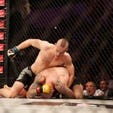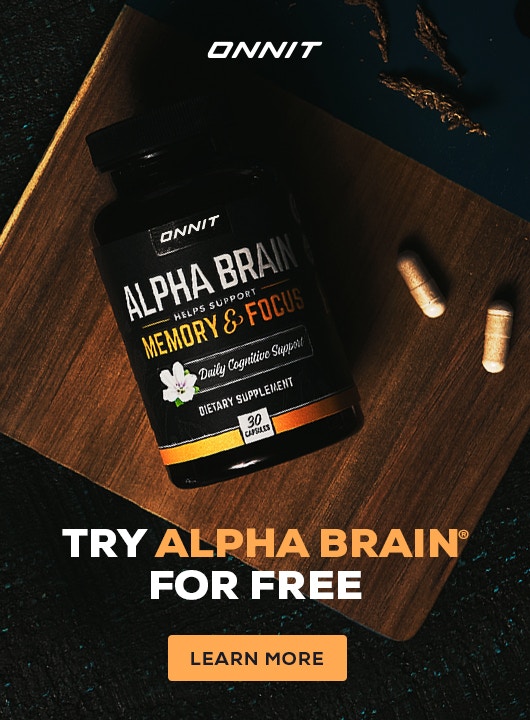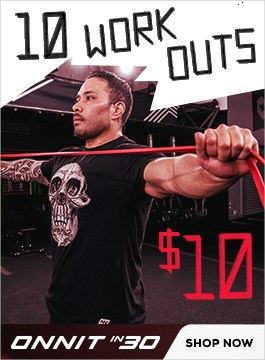When we first started Train Adapt Evolve we did everything for free. It was a stellar business model. We started by giving out Omegawave mobile monitors to friends or athletes curious about the technology for free.
I will admit, this was also for selfish reasons. I wanted to collect data, watch, and learn. This has now evolved into us putting athletes on our mobile platform and consulting with coaches and/or athletes.
Recently we had an opportunity to consult with a UFC fighter and his coach preparing for an upcoming fight. The daily Omegawave results were not uncommon from what we have seen in the past which include former UFC champions. Chaos.
As both Ben and I learn more from coaches or nutritionists in the MMA scene, one thing is becoming increasingly clear:
It is chaos.
3 Lessons I Learned Training MMA Athletes
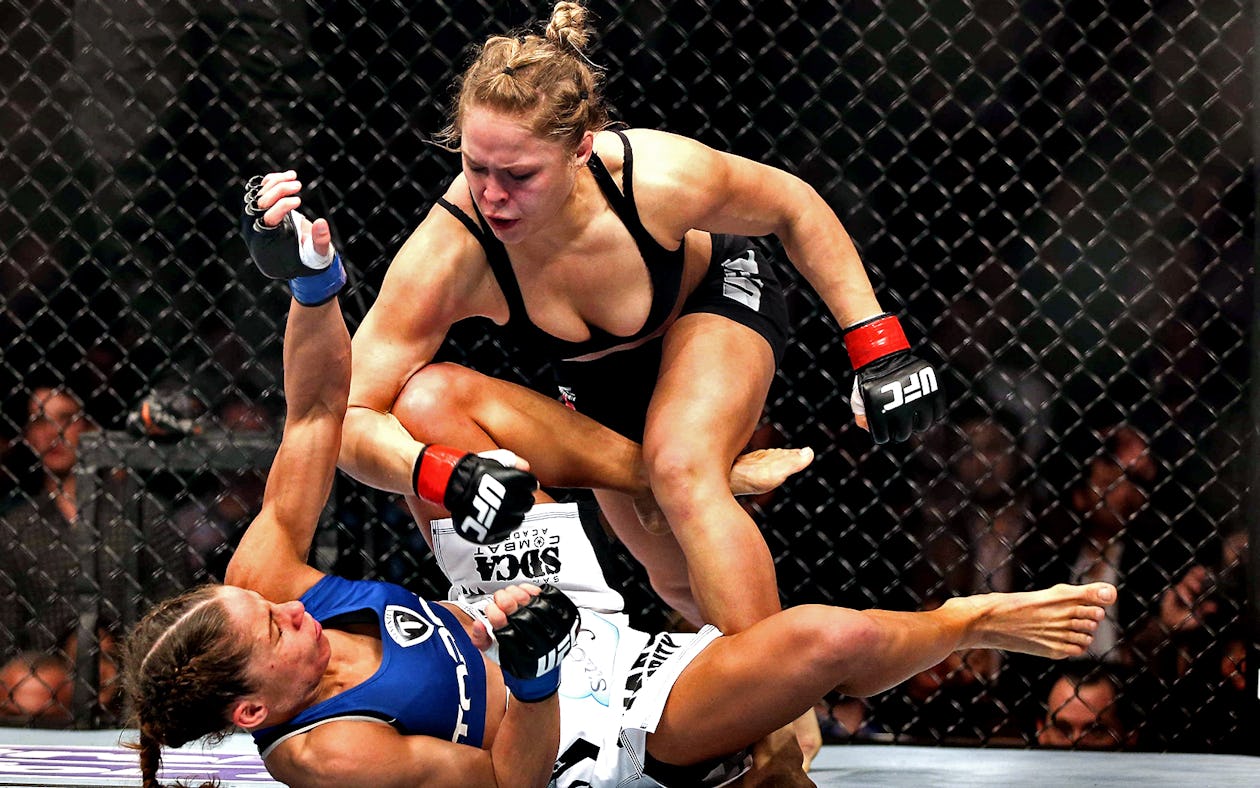
Lesson #1. The 1% of the 1%
I often hear S&C coaches talking about making their fighters tougher. This blows my mind! If you are a MMA Fighter – you are tough. If you fight for the UFC you are the 1% of the 1% of the toughest dudes on the planet. Congrats. I hope that is nothing knew to you.
So why in the hell do you think battle ropes and MB slams are going to make you tougher?
Maybe I should ask the S&C coach that question. Why is making the athlete tougher the objective? If this was the case, we could go down to the local box gym, pick out a few guys who are burpee’n their faces off at the moment and throw them in the cage. That toughness won’t last long.
An S&C coach with a “toughness” objective can do more harm than good. Messing with psychology via exhaustive work is sending up a Hail Mary and is a crap tool. Get rid of it and try to look into the future. Wholesale changes will not happen overnight and progress made in a short 8-12 weeks stint of training will be dependent on the athlete’s daily readiness during camp and structural adaptations prior.
In a sport where multiple qualities need training, our job maybe better suited in managing fatigue (if no one else will) and secondly, filling in the performance gaps when we can. We need to take a supportive role.
Therefore structuring depleting-type workouts in the morning, then sending the athlete off to their wrestling coach or sparing in the afternoon is a shit job. Without a doubt there have been fighters not at the top of their game solely because of old school beliefs still held by S&C coaches. Chalk one up for Toughness!
Lesson #2. Lifestyle
“I am always training.” Is common phrase often heard in MMA and I don’t doubt that the athletes are in fact training, but are they including the necessary lifestyle modifications to support the training – sleep and nutrition? Both are always emphasised during training camp but if the athlete is “always training” those lifestyle habits need to be a mainstay day to day. Living hard and training hard don’t mix or have a long shelf life.
If the truth be told, we have have seen signs of overreaching even before training camp has begun – a combination of training and poor lifestyle choices. This could explain the inconsistencies, injuries, and question marks that surface about a fighter’s preparation. Entering training camp in this state will only be maintenance job at best.
The mentality of “living the athlete life” for 8 or 12 weeks at a time is not enough. We believe post fight is just as important. Especially if a fighter has received a mild to severe brain injury. This opens up the body “literally” to both gut and blood-brain barrier permeability. Taking the necessary steps post fight can not only set the athlete up for the next training period but can also contribute to the athletes health which may prolong their career.
Lesson #3. Communication
The biggest hurdle in the process is communication between the coaches. In most cases there is not one person managing the stress of the athlete. General the athlete is left on his own to navigate the process with a collection of coaches/voices. That lack of one true voice steering the ship will no doubt lead to insecurities and unorganized preparation.
There are current UFC fighters that have a team of coaches (S&C, boxing, wrestling, Muay thai, Jujitsu, etc) that have no idea what the other coach is doing, or how the athlete is recovering. All they know is how they are going to implement their own specific agenda. This usually ends with an overload of suboptimal training with very low emphasis on quality.
The bright spot is there are a camps structuring their team using an integrated approach. The two that come to mind are the Blackzilians and Team TakeDown. Medical, S&C, and the multi-discipline coaches are all on the same page, sharing notes, collaborating, and adjusting the fighters preparation.
If you are a fighter, start the conversation with your team. If you are a coach, start the conversation with the other coaches. If not there will no doubt be uncomfortable conversations later through defeat or injuries. Avoid the chaos.
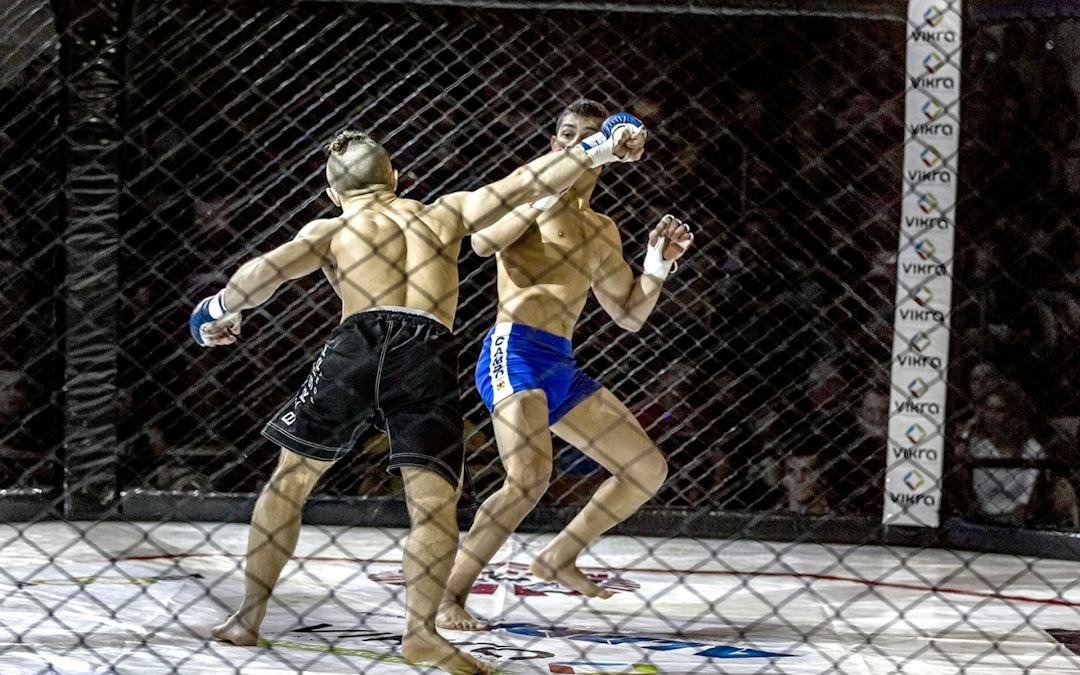

)

